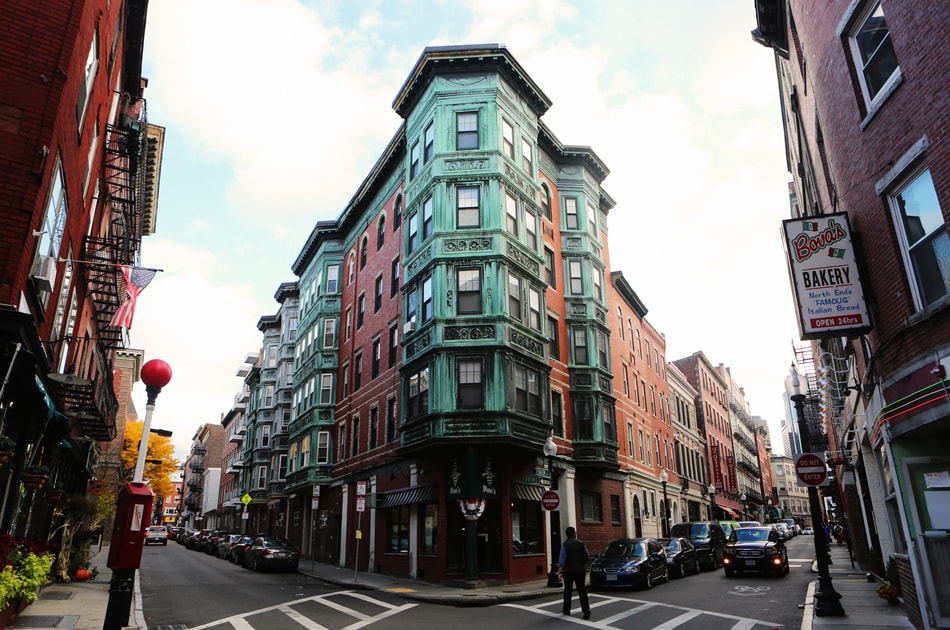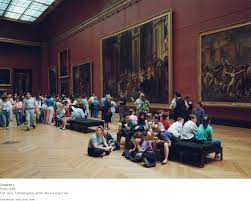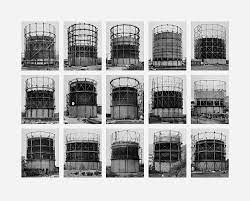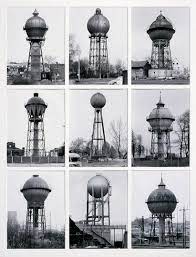Urban Landscapes
Urban landscape photography involves capturing photos of cities and towns. Generally speaking, an urban landscape shot has a wide focus. Urban landscapes are complex structures which is a result of the interaction between human and their environment. It can also involve social, cultural and economic dimensions. They are also mainly formed and shaped under the influence of human activities. The main places which get photographed for Urban Landscapes are Industrial centres, Building sites, Flat blocks, Derelict buildings, Carparks and Harbours/dockyards.
Thomas Struth
Thomas Struth is a German photographer who is best known for his Museum Photographs series, family portraits and black and white photographs of the streets of Dusseldorf and New York taken in the 1970s. In 1976, as part of a student exhibition at the Academy Struth attended he first showed a grid composed of 49 photographs taken from a centralized perspective on Düsseldorf’s deserted streets. In 1977, Struth and Hütte travelled to England for two months and teamed up to photograph different aspects of housing in the urban context of East London.
Thomas Struth travelled to many different counties and cities to take photos with many of his fellow photographers. Struth photographed Rome (1984), Edinburgh (1985) and Tokyo (1986) for his project that largely consisted of black-and-white shots of streets and skyscrapers. These played a big part in his work, as many of his photographs were attempting to show the relationship people have with their modern-day environment.
Thomas Struth studied under Bernd and Hilla Becher, they influenced Struth’s methodology towards photography, while his other professor, Gerhard Richter, inspired his interest in painterly images. His photographs are held in the collections of the Art Institute of Chicago, The Museum of Modern Art in New York, the Tate Gallery in London, and the Museum Kunst Palast in Düsseldorf.
Typologies
A typology is a single photograph or more commonly a body of photographic work, that shares a high level of consistency. This consistency is usually found within the subjects, environment, photographic process, and presentation or direction of the subject.
The art of photographic typologies started with August Sanders in his 1929 series of portraits titled “Face of our time” which is a collection of works documenting German society between the two world wars. The term ‘typology’ wasn’t actually used to describe this type of photography till 1959 when Bernd and Hilla Becher began documenting dilapidated German industrial architecture. The art of typologies has had a renewed interest in recent years which is due to recognition from different galleries including the Tate Modern which hosted a Typologies retrospective in London in 2011.
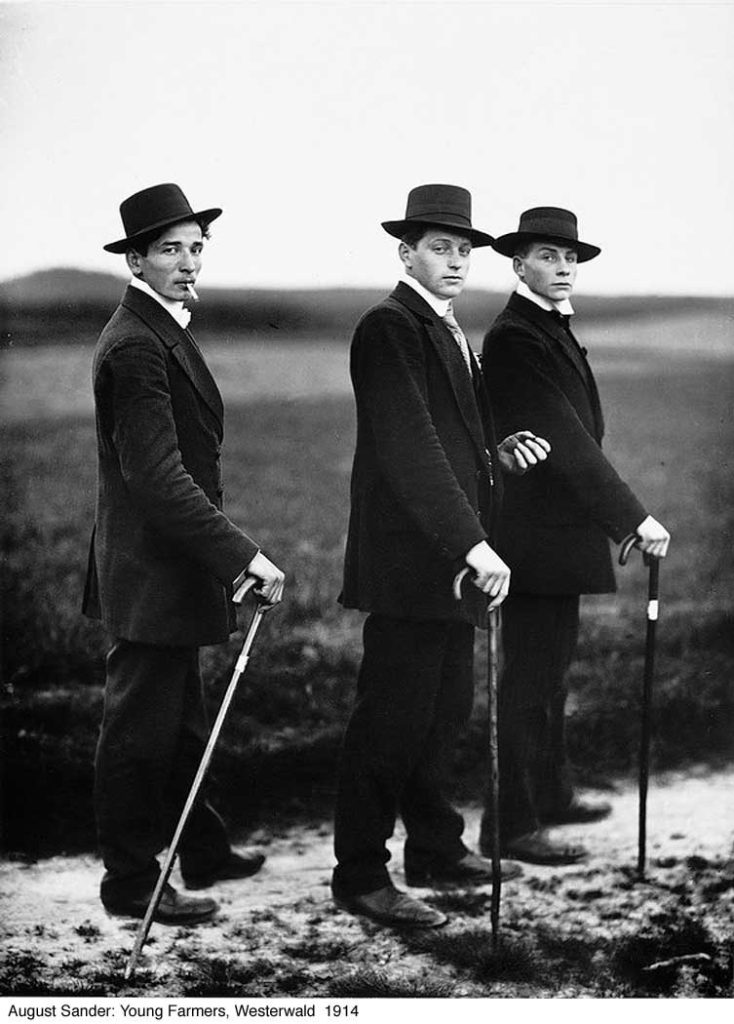
August Sanders 
August Sanders 
August Sanders
Bernd and Hilla Becher
Hilla Becher was a German artist born in 1931 in Siegen, Germany. She was one half of a photography duo with her husband Bernd Becher. For forty years, they photographed disappearing industrial architecture around Europe and North America. They began collaborating together in 1959 after meeting at the Kunstakademie Düsseldorf in 1957. Bernd originally studied painting and then typography, whereas Hilla had trained as a commercial photographer. After two years of collaborating together, they married.
They photographed Industrial structures including water towers, coal bunkers, gas tanks and factories. Their work had a documentary style as their images were always taken in black and white. Their photographs never included people. The Bechers work has also been referred to as sculpture. The Bechers called the subjects of their photographs ‘anonymous sculptures’, and they produced a successful photobook of the same title in 1970.

